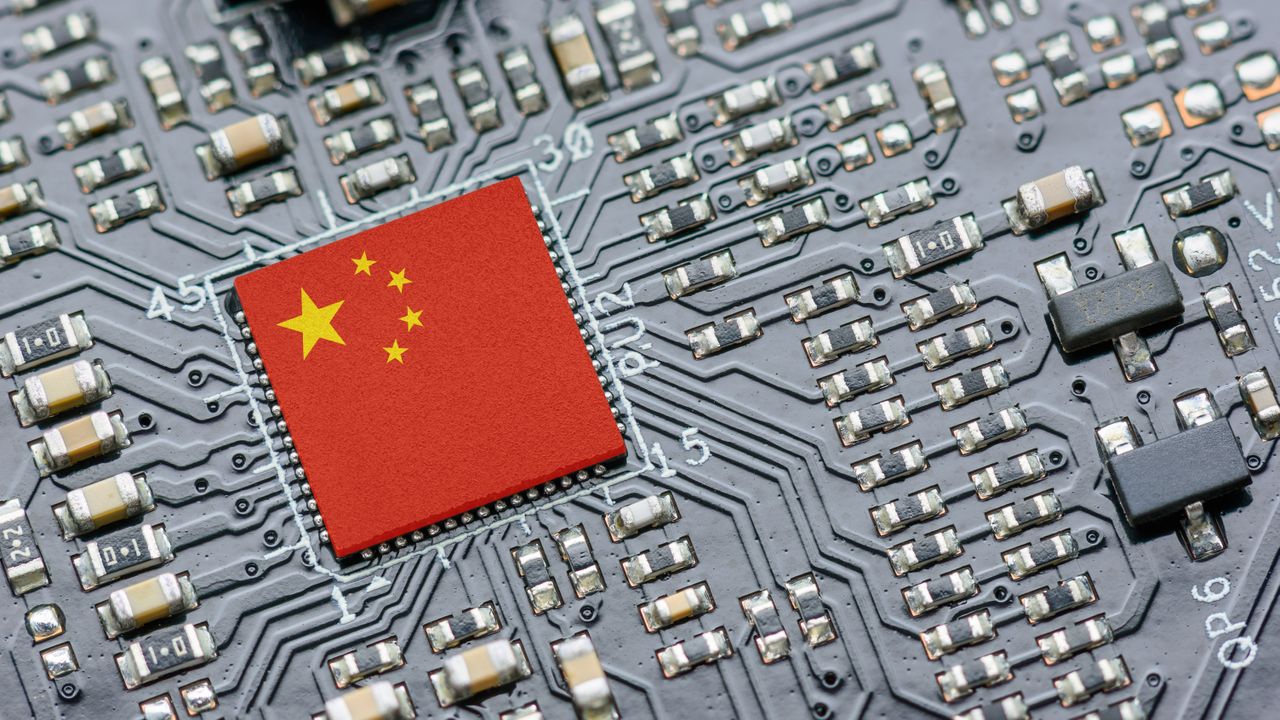
Despite the best efforts of China's authorities to encourage the country's semiconductor industry to unify under dominant players, the plan is struggling. A high-level merger plan involving equipment makers has stalled, while many announced acquisitions either fail to complete or offer little strategic value due to valuation disputes, local politics, and weak technological foundations, according to the Financial Times.
Mergers between fab tool makers are struggling
When chipmakers buy a group of tools, they want their equipment to work seamlessly. However, as there are dozens of companies in China producing similar machinery, matching their tools together is a hard task. To strengthen domestic producers of wafer fabbing equipment and make their combined offerings more competitive, Chinese authorities gathered several domestic semiconductor tool makers to discuss forming a single, government-backed entity earlier this year.
The effort, directed by the National Development and Reform Commission (NDRC), is aimed at consolidating various producers of chipmaking tools under one roof to reduce inefficiencies, make tools more compatible with each other, and ultimately reduce or even replace reliance on U.S. companies like Applied Materials, KLA, or Lam Research. However, insiders reportedly told FT that negotiations have made little headway due to deep divisions over control and pricing.
Parties involved in the talks have opposing goals. Sellers — which include private investors and local authorities that own significant, or even controlling, stakes in semiconductor companies — are reluctant to dump assets below market estimates, while potential buyers refuse to pay more than they believe the companies are worth. As a result, the ambitious vision for large-scale consolidation has been scaled back, and the final outcome is expected to be far smaller than initially envisioned.
The NDRC effort is not something unexpected. China's semiconductor sector has been experiencing a wave of abandoned projects as dozens of smaller companies have collapsed in recent years. In response, authorities have been pushing M&A activity over IPOs, aiming to consolidate resources into fewer, stronger companies with national significance that can spend more on R&D and achieve better results. This might save authorities some money as they will not be spreading capital across many weaker players.
Nonetheless, there is some good news too. Naura Technology, China's largest chip equipment manufacturer that specializes in etching and deposition equipment, has taken a 9.49% stake in Kingsemi, a photolithography coating equipment maker, for $235 million.
Just like other mergers
Nonetheless, most mergers fail or progress very slowly. This year alone, eight announced deals have already fallen through, including one between Empyrean Technology and Xpeedic, developers of electronic design automation (EDA) tools used in the development of processors. For now, neither company can build tools compatible with leading-edge process technologies, but a merged entity would have more money to invest in appropriate software. However, the final result is still uncertain as both companies are too small to compete against market leaders Cadence, Synopsys, and Siemens EDA.
Progress in merging actual producers of chips is also lagging. Many of China's semiconductor fabrication projects — including some of SMIC's advanced fabs — were funded by local governments over the past decade, often in parallel, leading to excess capacity in mature technologies and fierce price wars. While advanced manufacturing lines are being developed in places like Shanghai and Shenzhen, the overall landscape remains fragmented, with overlapping efforts and dispersed talent. Meanwhile, local authorities are reluctant to offload their investments and sell fabs as they are unwilling to face criticism for financial losses.
There are some bright spots
While the 'megamerger' efforts in the fab tools and fab sectors are struggling, deal activity in the broader semiconductor sector has picked up. So far in 2025, there have been 26 semiconductor-related mergers announced, according to FT, citing data from Wind. Among these, the most notable is the planned union between Sugon, a supercomputer maker, and its daughter company Hygon, which is known for its Dhyana CPUs based on AMD's Zen 1 microarchitecture.
Follow Tom's Hardware on Google News to get our up-to-date news, analysis, and reviews in your feeds. Make sure to click the Follow button.







